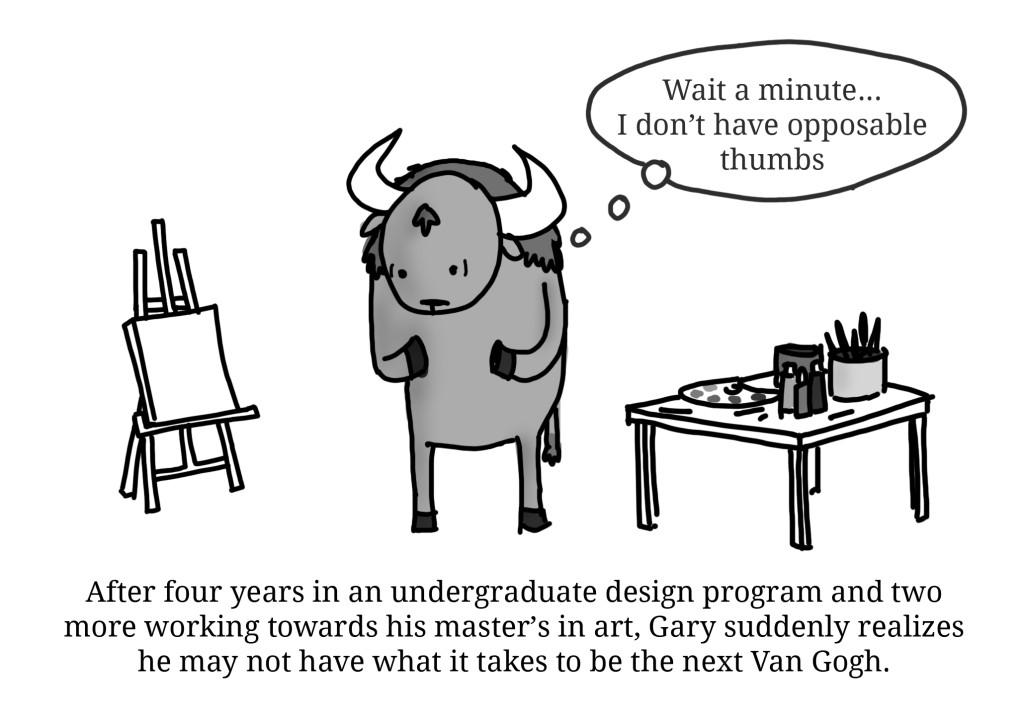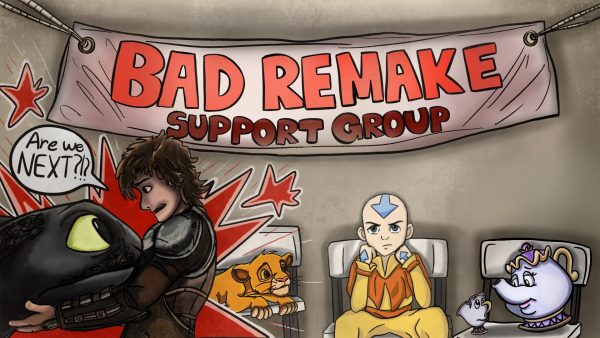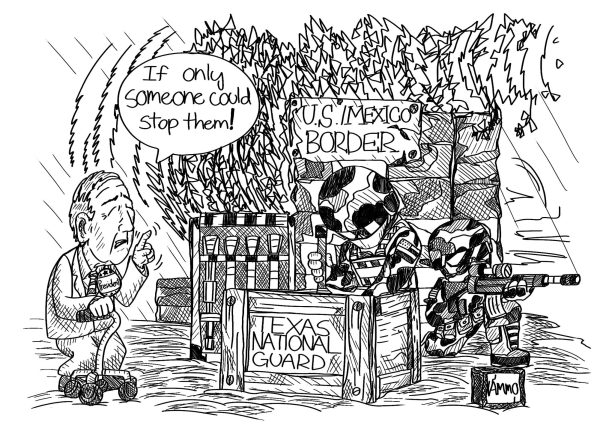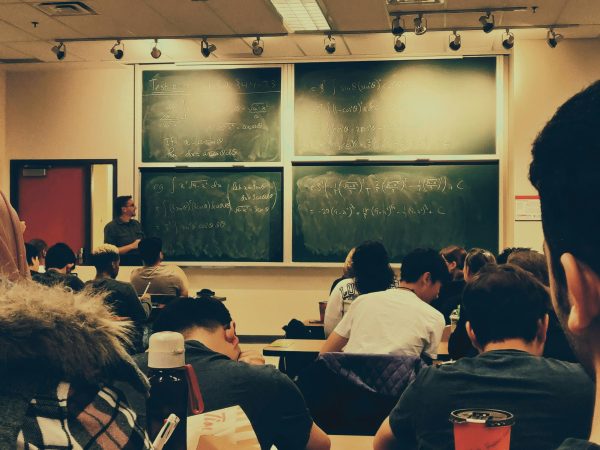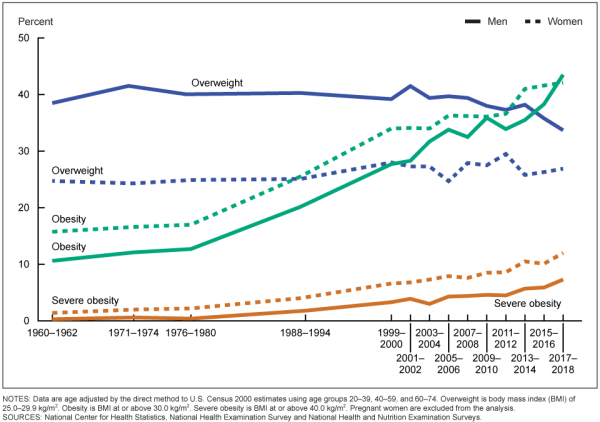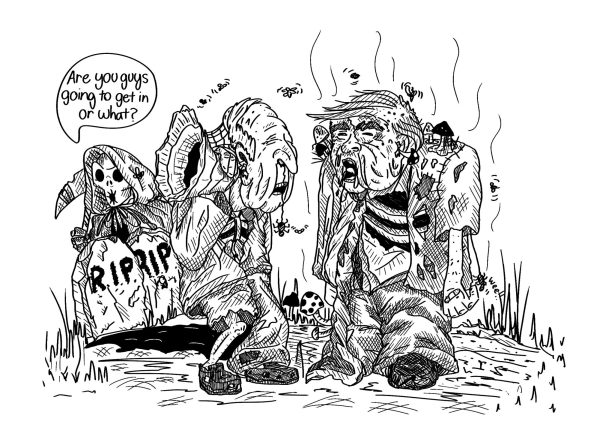Pressure from college cuts also affects high school students
May 4, 2011
We’re screwed.
The California Community College system is facing a potential $800 million worth of cuts, a student fee increase to at least $36 and possibly as much as $66 per unit, fewer courses and eliminated programs.
With state legislators shooting down a June election on tax extensions, which could have saved from $220 million, the future of education looks dim.
Some people have noticed, however, a silver lining for education: This budget proposes no cuts for K-12 schools.
Governor Brown explained that “schools have borne the brunt of spending reductions in recent years, so this budget maintains funding at the same level as the current year.”
For the time being, K-12 education is saved.
However, this paints a grimmer future for high school students who are looking at community college.
Traditionally, community college has been a ground for people to take time and think or to get first, second and last chances.
According to a Community College League of California publication, lifelong learning is learning “in order to solve evolving and new problems, learn new skills and understand new technologies and information” which fall outside of education for degrees or transfer.
General cuts to higher education and the seeming elimination of “lifelong learning” from the California community college mission statement have ravaged campuses.
Now, it’s difficult for community college students to take time and “think about what they want to do” and even harder for degree-holding students to work towards another degree or further training or education.
All of those second chances that community college students have an opportunity to receive will disappear quickly.
In fact, DVC’s Faculty Senate is currently discussing strategies to discourage students from dropping out of classes, one of them being limits on the number of times a student can repeat courses.
Thus, students who simply fail a class or need to drop for personal reasons fall between the cracks.
This strategy is one of three the state legislative analyst has recommended, including providing a higher priority registration for first-time students and capping the amount of units that students can take, according to a California Watch article.
We don’t know what will happen to the future or, in some cases, the present of community college education.
Unfortunately, high schools have to fill the void that two-year schools will leave open after millions worth of reductions.
If K-12 schools and career building programs for high school students can be spared from cuts for a little while, future community college students must take time to explore their possible job options.
For example, the ASVAB Career Exploration Program, endorsed by the California Department of Education, is intended to help high school and post-secondary students across the nation learn more about career exploration and planning within the military.
Also, YouthTEACH2Learn is a year-long program based in Irvine in which high school students explore teaching careers.
In addition to observing classrooms and developing teaching standards, students “visit local college campuses in order to determine if the teaching is a good fit for their professional goals,” according to its website.
When community colleges are cut over the next years, students may not have the option to go to school without knowing a definite career or major in their minds.
Second acts are disappearing from community college, so high schools must set their students up for a successful education and career.
They might only get one chance at it.





































































